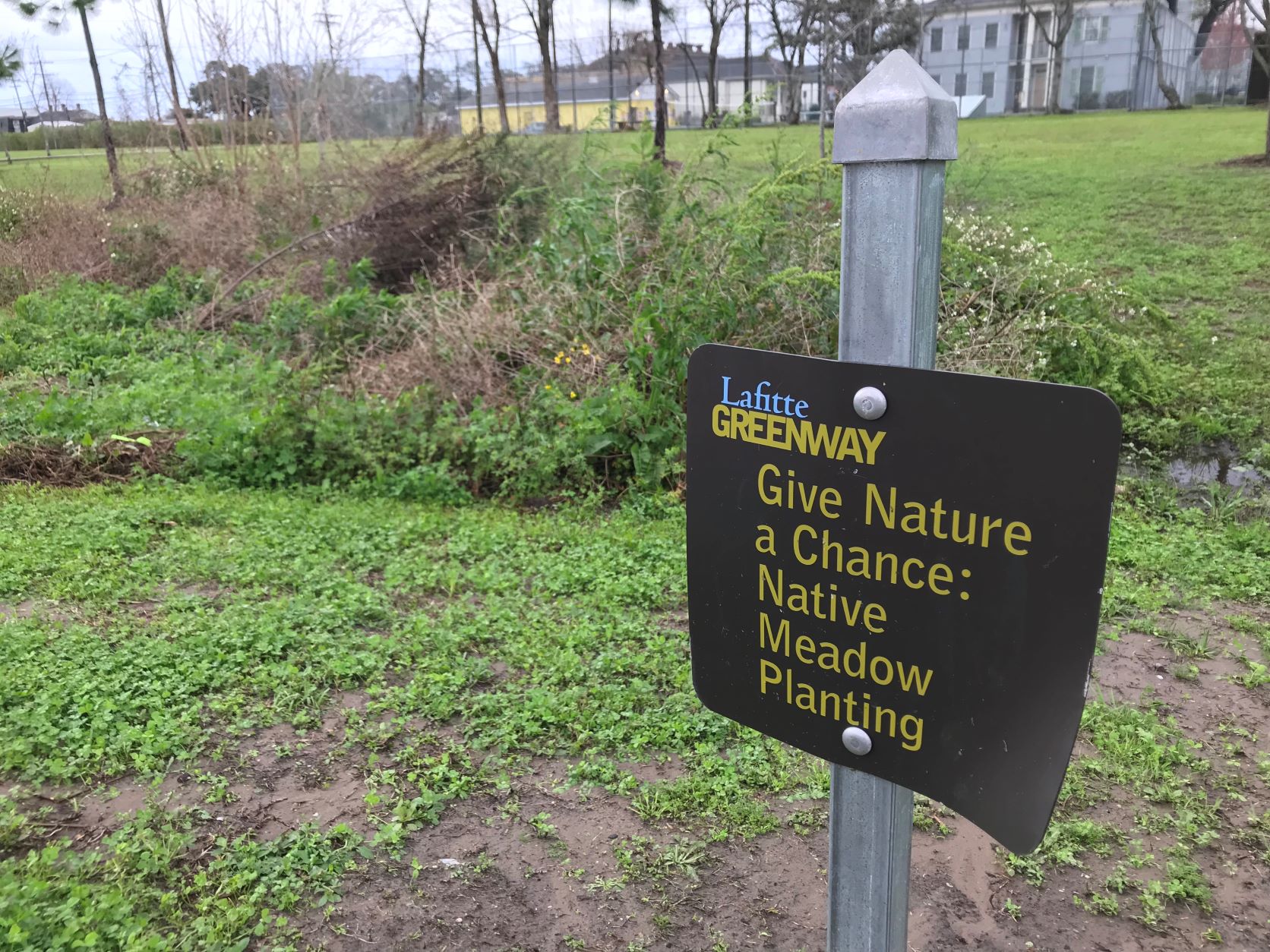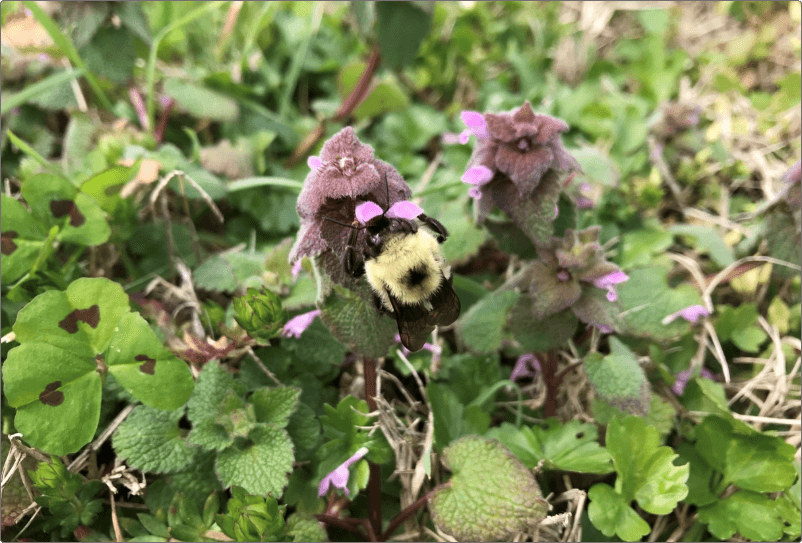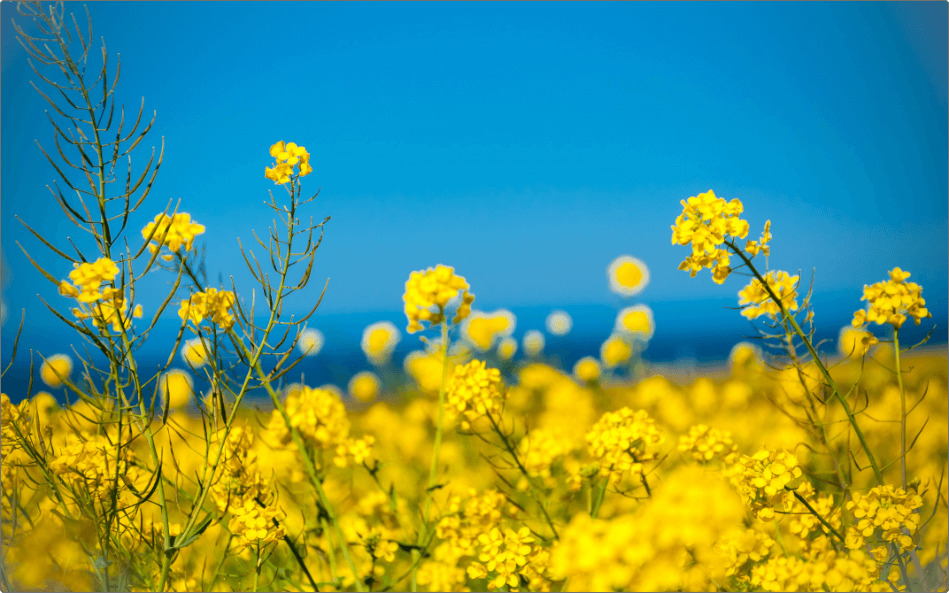
Ecosystem Services
Human activities remove and fragment the natural habitat of insect pollinators. This lack of biodiversity is a leading contributor to declining pollinator populations.

Human Impact
The way we build and perceive our environment is both rooted in culture and influenced by environment. You need not travel far to see how homes..

Deadnettle
The humid, sub-tropical climate of the southeastern US provides conditions for an abundance of late-winter and early-spring flowering forbs that are capable of nurturing hungry insects.
It is estimated that by 2050, 68% of the world's population will live in cities; most of these urban landscapes have yet to be constructed, and if trends continue, much of that maintained landscape will incorporate monoculture turfgrass that offers limited habitat nor food security for pollinators.


Well-designed urban landscapes can help support the biodiversity of native pollinators so that they may provide pollination services to natural-area remnants and cultivated plants. One way to accomplish this is by providing urban environments with properly designed and managed green spaces, including lawns, parks, cemeteries, maintained highway and airport rights-of-way, athletic fields, and golf courses.